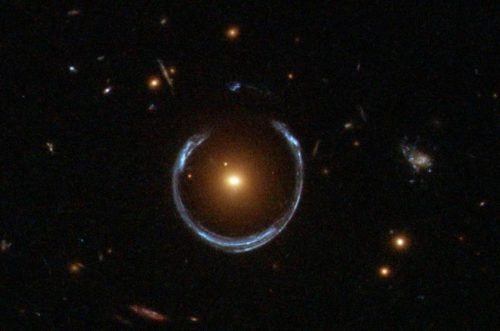If you follow RetractionWatch, you know that there a lot of bad papers published in the scientific literature. But there you just see the steady drip, drip, drip of bad research getting exposed, a paper at a time. If you step back and look at the overall picture, you begin to see the source. A lot of it comes from paper mills and bad actors conspiring to allow their pals to publish trash.
(PubPeer is a site that allows post-publication peer review and catches many examples of bad science.)
Nature jumped on an analysis of the people behind swarms of retracted papers on PLoS One, and exposed some of the editors. The problem can be pinned on a surprisingly small number of researchers/editors.
Nearly one-third of all retracted papers at PLoS ONE can be traced back to just 45 researchers who served as editors at the journal, an analysis of its publication records has found.
The study, published in Proceedings of the National Academy of Sciences (PNAS) on 4 August, found that 45 editors handled only 1.3% of all articles published by PLoS ONE from 2006 to 2023, but that the papers they accepted accounted for more than 30% of the 702 retractions that the journal issued by early 2024. Twenty-five of these editors also authored papers in PLoS ONE that were later retracted.
The PNAS authors did not disclose the names of any of the 45 editors. But, by independently analysing publicly available data from PLoS ONE and the Retraction Watch database, Nature’s news team has identified five of the editors who handled the highest number of papers that were subsequently retracted by the journal. Together, those editors accepted about 15% of PLoS ONE’s retracted papers up to 14 July.
Wow. These are people who betrayed the responsibilities of a professional scientist. They need to be exposed and rooted out…but they also reflect a systemic issue.
The study reveals how individuals can form coordinated networks and work under the guise of editorial duty to push large amounts of problematic research into the scientific literature, in some cases with links to paper mills — businesses that churn out fake papers and sell authorship slots.
Yeah, it’s all about money. And also about the use of publications for professional advancement.
So, about the individuals who are committing these perfidious activities…Nature identified many, but I’ll just single out one as an example.
In their analysis of PLoS ONE’s publication records, Richardson and his colleagues identified 19 researchers — based in 4 countries — who served as academic editors between 2020 and 2023, and repeatedly handled each other’s submissions. More than half of the papers they accepted were later retracted, with nearly identical notices citing concerns about authorship, peer review and competing interests.
Nature’s analysis identified 3 of those 19 editors. Shahid Farooq, a plant biologist at Harran University in Şanlıurfa, Turkey, topped the list of PLoS ONE editors ordered by the number of retracted papers that they handled. Between 2019 and 2023, Farooq was responsible for editing 79 articles, 52 of which were subsequently retracted. All of the retraction notices stated that the papers were “identified as one of a series of submissions” for which the journal had concerns about authorship, competing interests and peer review. Farooq also co-authored seven articles in PLoS ONE that were later retracted with identical retraction notices.
That’s a batting record that ought to discredit all of Farooq’s work, and ought to taint all of his coauthors and the researchers who had their work “reviewed” by him. Fortunately for all of us, he has lost all of his editorial duties.
Farooq says that PLoS ONE removed him from the editorial board in 2022, and that he subsequently resigned from his editorial positions in other journals, including Frontiers in Agronomy and BMC Plant Biology.
My editing experience has changed to not editing any paper for any publisher, as the publishers become innocent once any issues are raised on the published papers,he added.
That’s a remarkable excuse: he got caught, so it’s all the publishers’ fault.
Purging a few bad apples isn’t going to fix the issues, because the problem is only getting worse.
In the PNAS paper, Richardson and his colleagues compiled a list of 32,786 papers that they and other sleuths flagged for bearing hallmarks of paper-mill production, such as duplicated images, tortured phrases and whole copied sentences. Only 8,589 of these papers have been retracted. They report that the number of suspected paper-mill articles is doubling every 1.5 years — outpacing the number of retractions, which is doubling every 3.3 years.
Hey, you know, this is where AI could be really useful — I think a lot of these fraudsters are using AI to generate the AI-slop papers, but we could turn it around and use AI to detect the conspiratorial web of collaborating authors as well as the bad writing in these papers.







